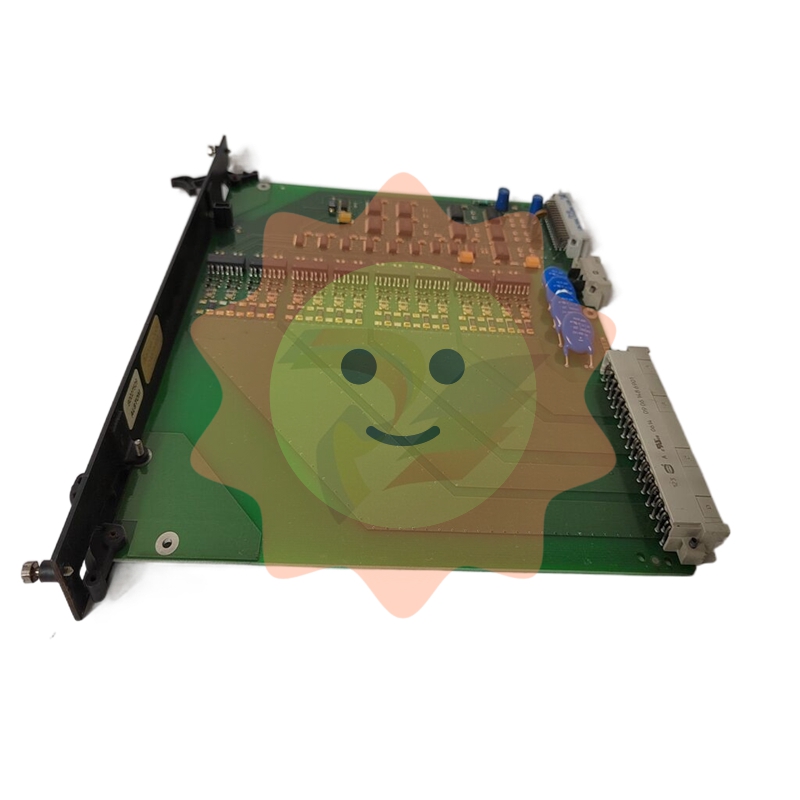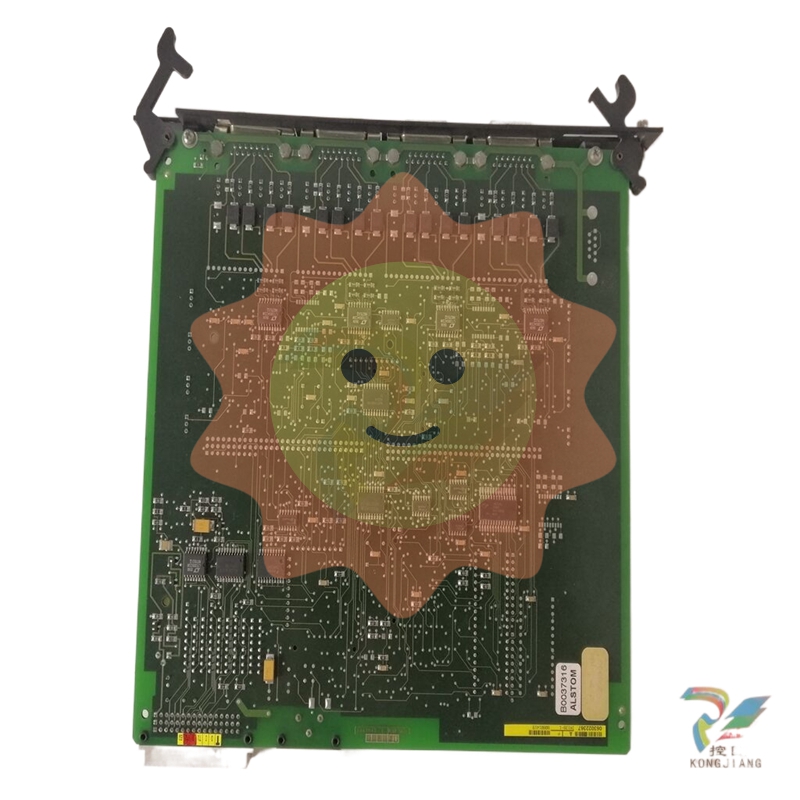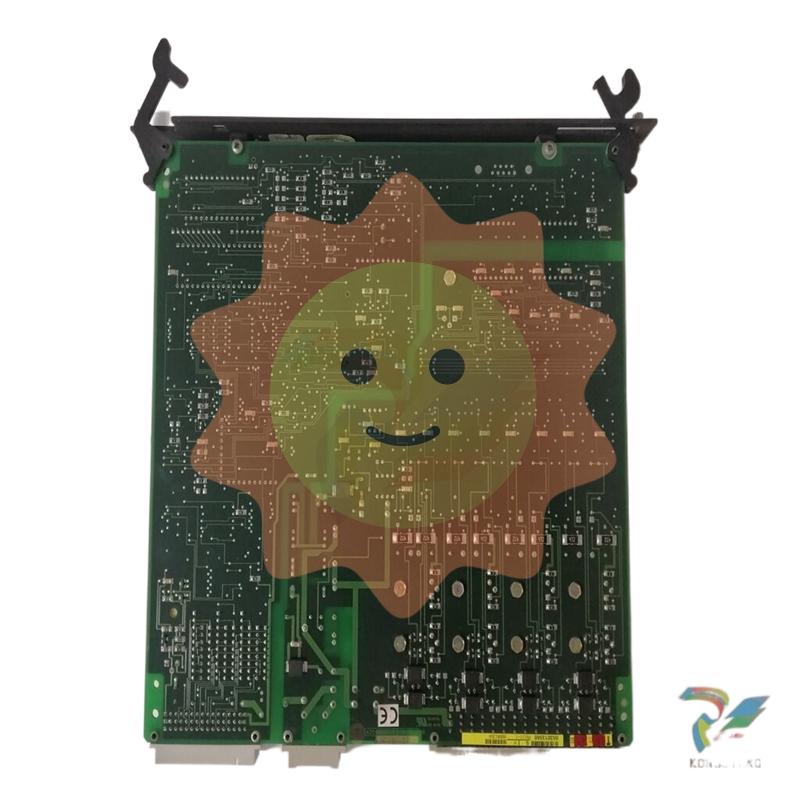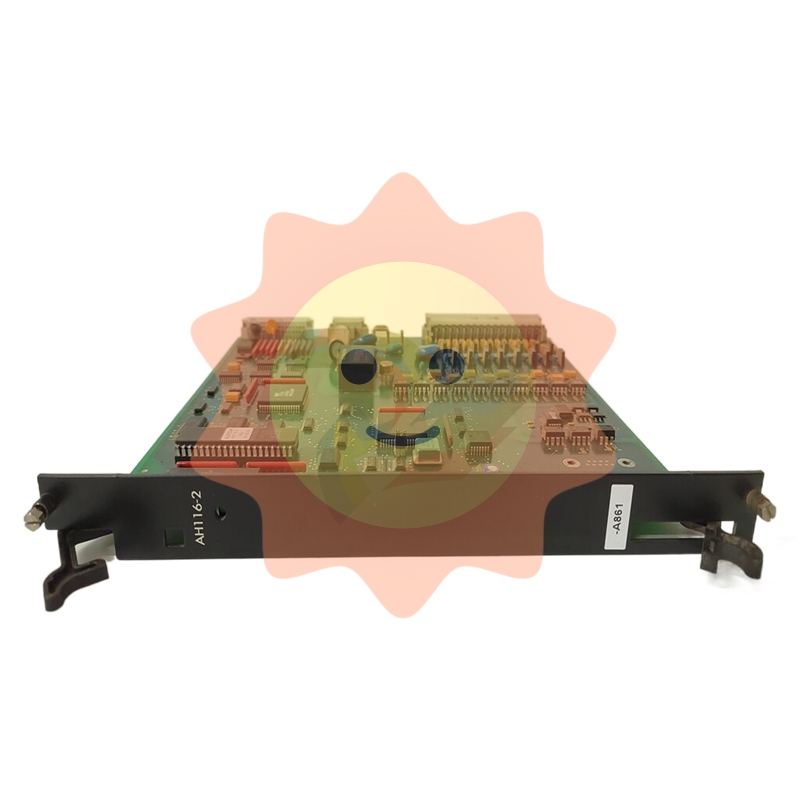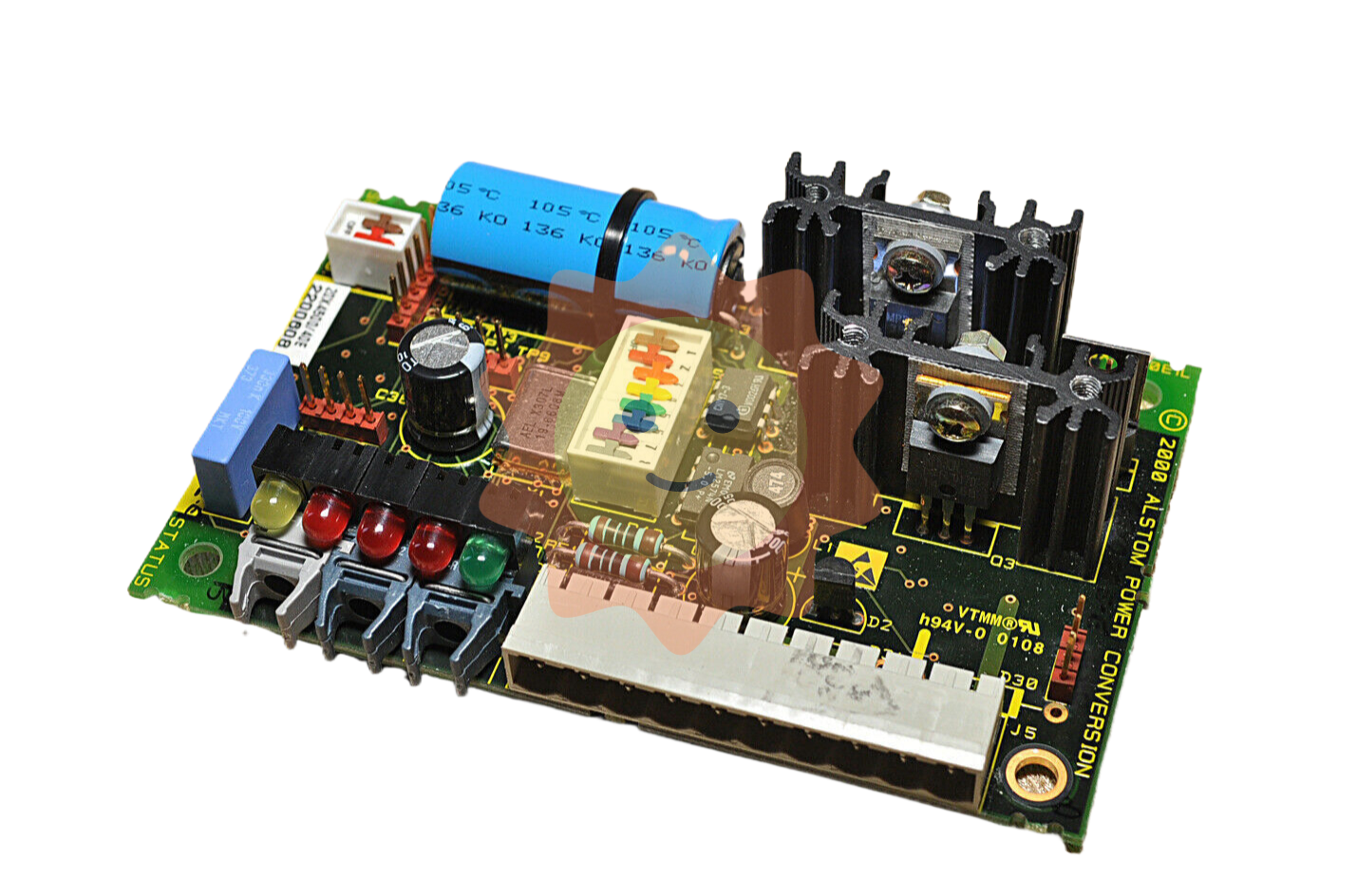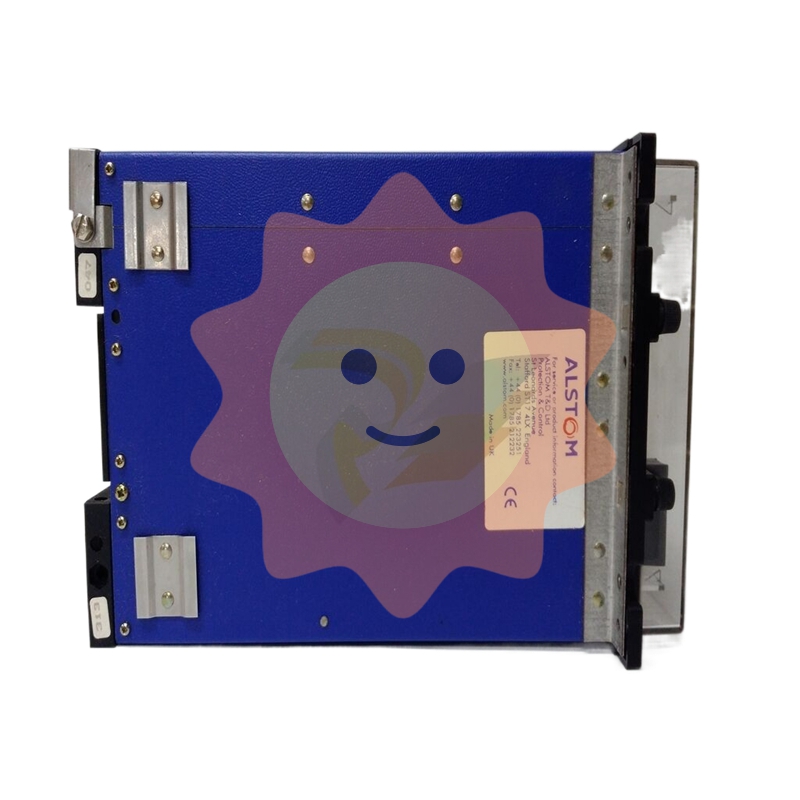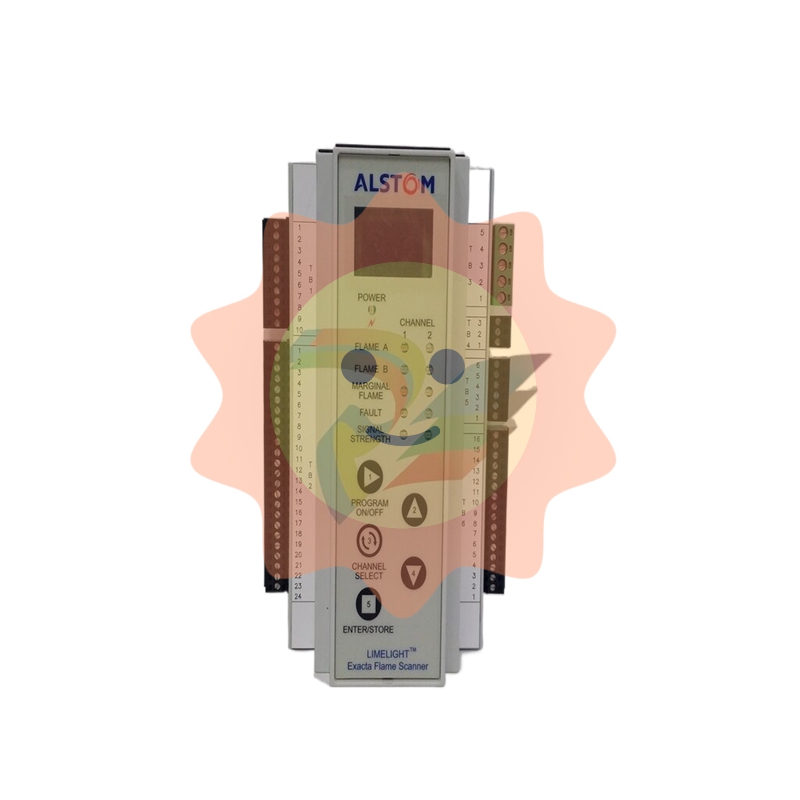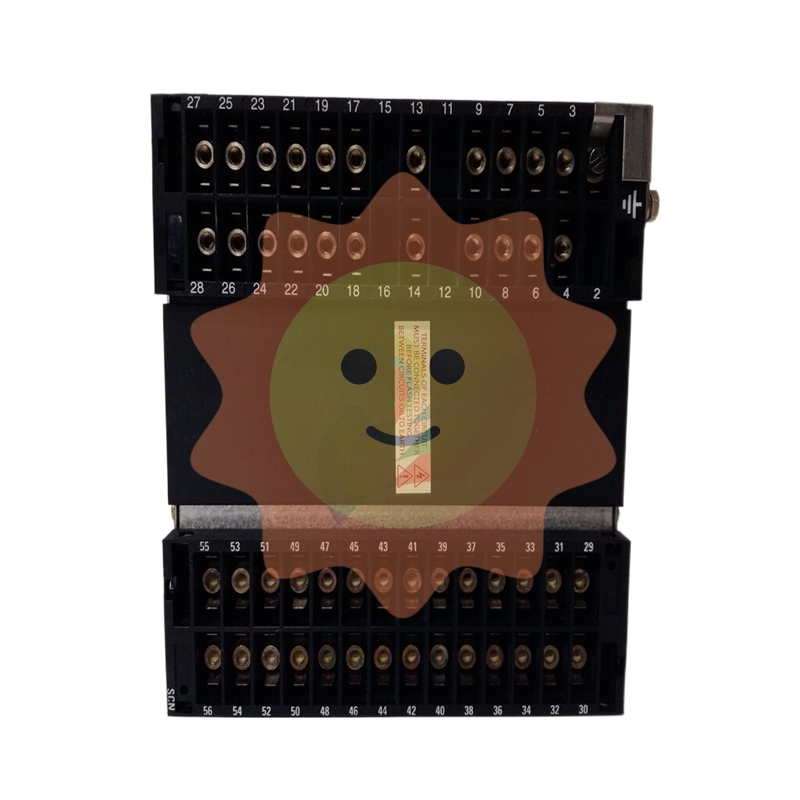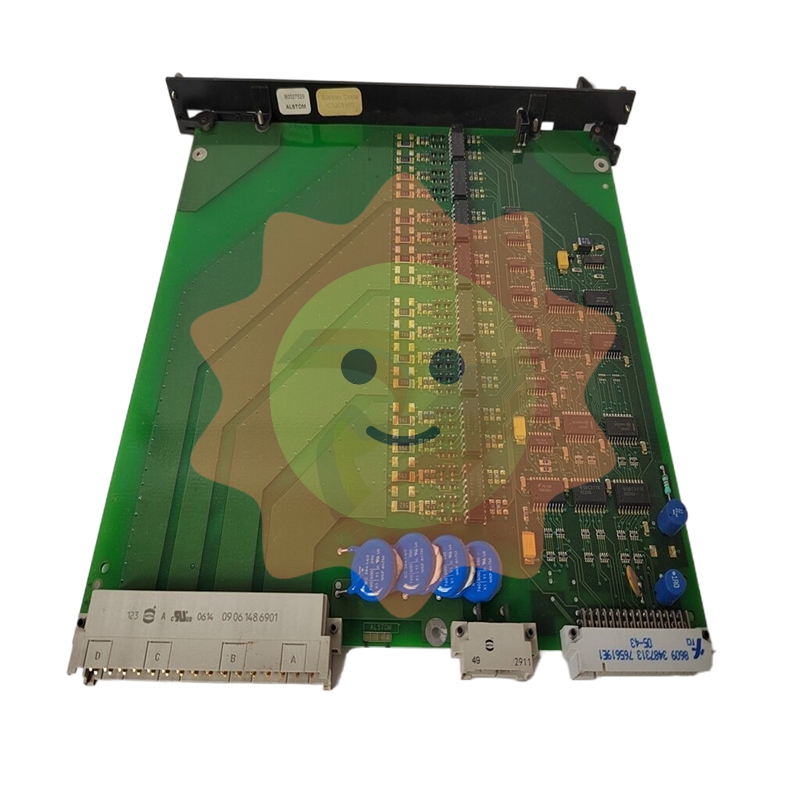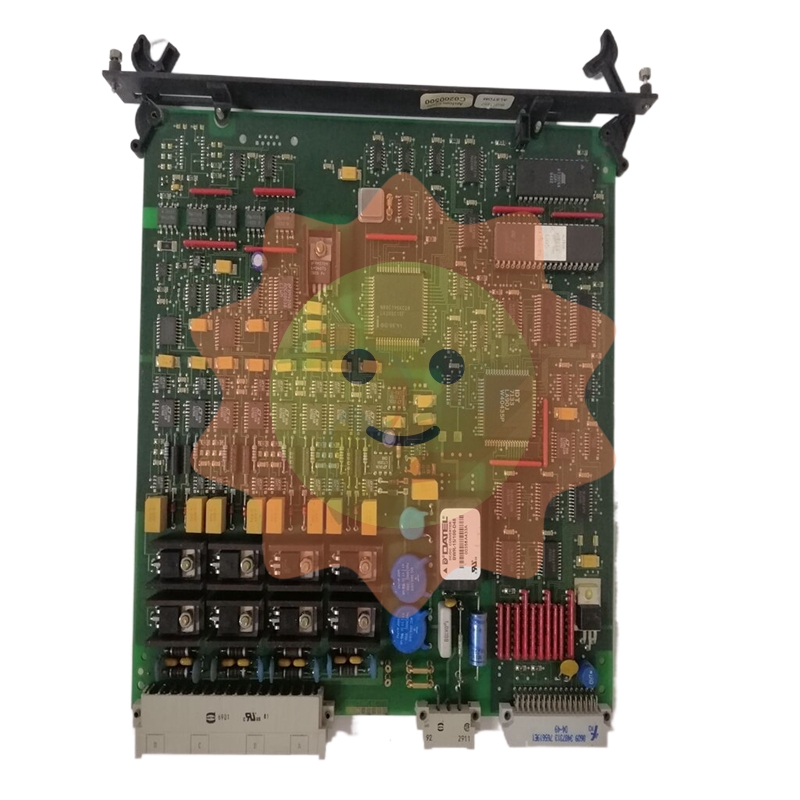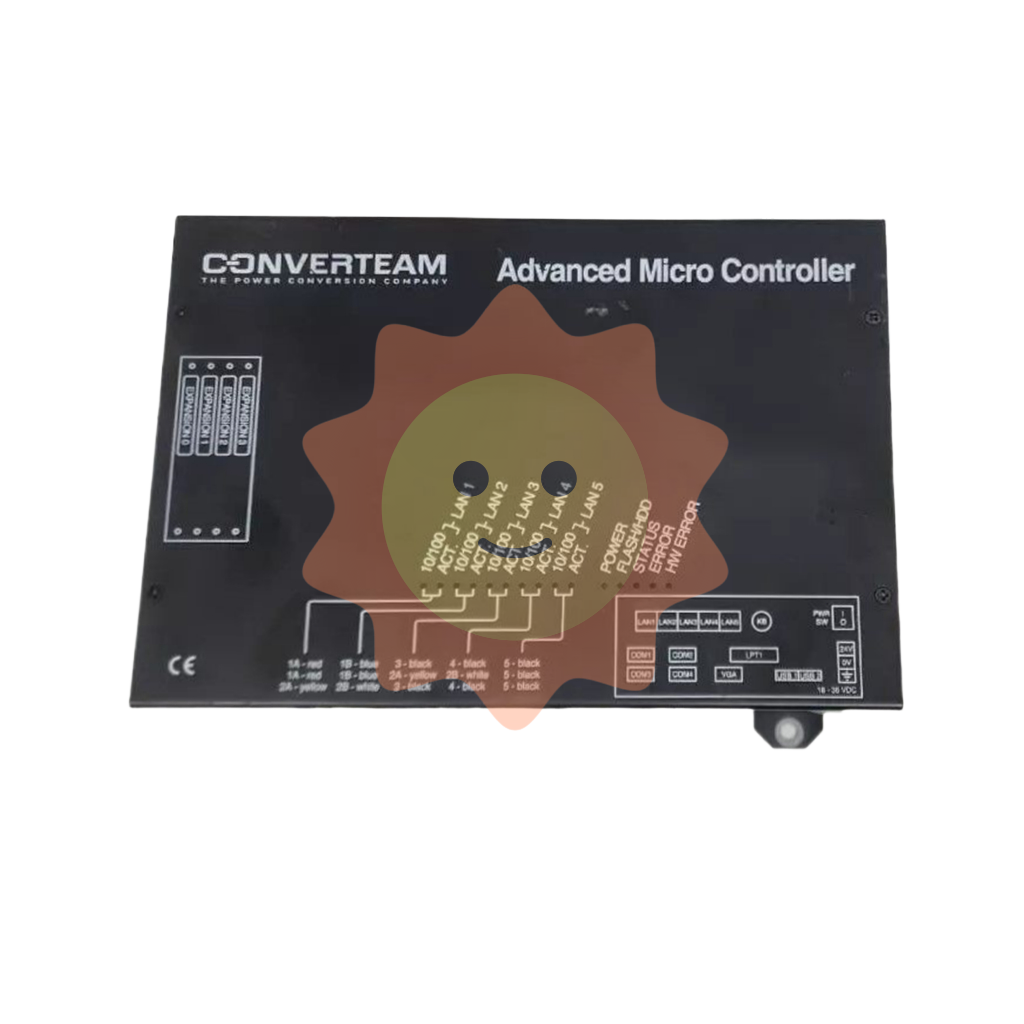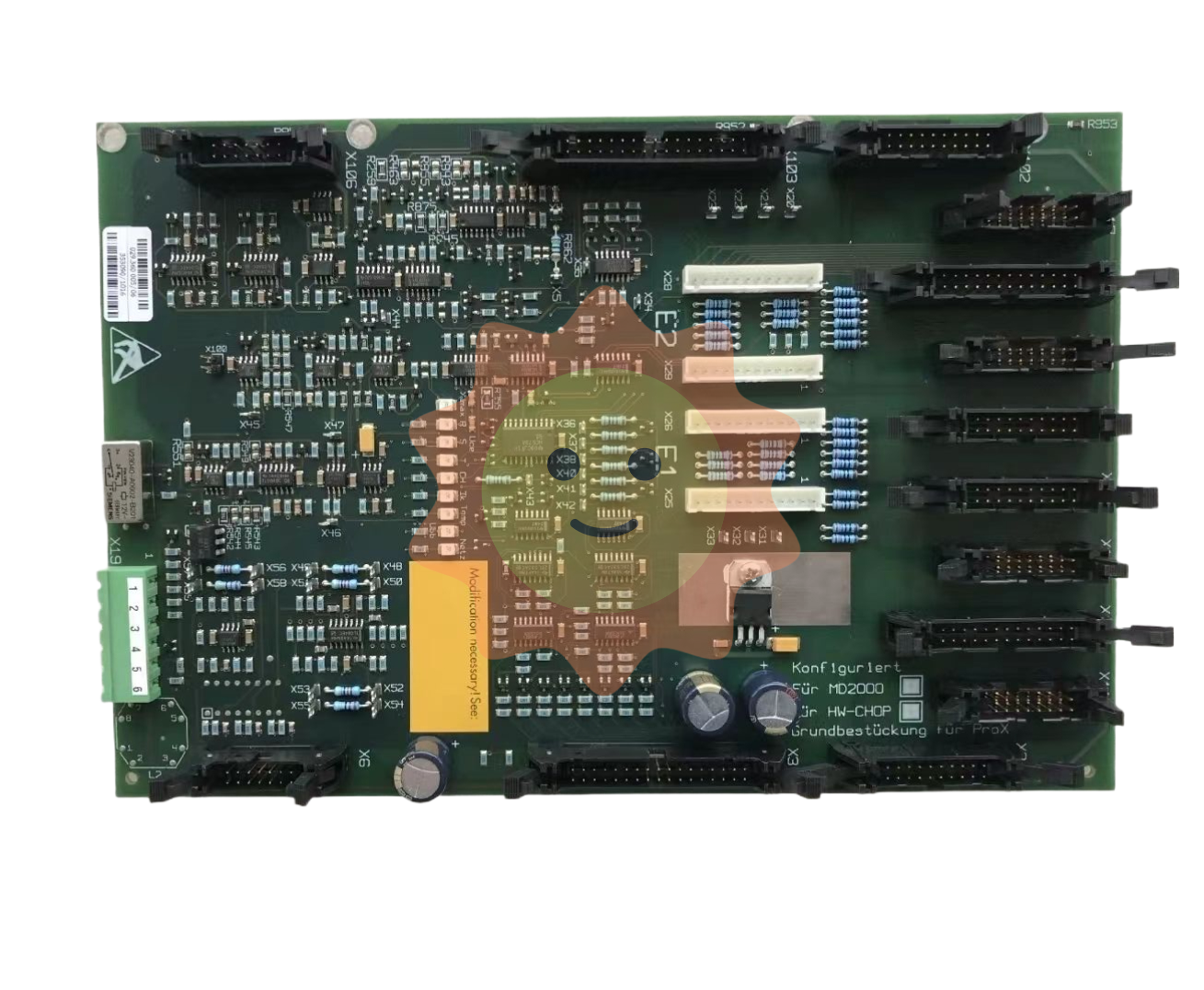The inflection point of prosperity is approaching, and polyester filament should be configured
Third, the company: large-scale, intensive expansion, turning point to the giant has significant advantages
(A) vertical extension of the integrated layout, horizontal intensive construction cost advantages
After 2016, the chemical fiber industry returned to the boom cycle, and the state further supported the investment and construction of refining and chemical production capacity of private enterprises, and the industry entered a new stage of development. For domestic chemical fiber leading enterprises, capacity expansion is mainly carried out in two ways. One is the vertical extension of the industry represented by Rongsheng Petrochemical and Hengyi Petrochemical, expanding upstream refining and chemical projects, forming a whole industry chain model from crude oil to polyester filament integrated layout. The other is the deep cultivation of the middle and lower reaches of chemical fiber represented by Tongkun and New Fengming, which concentrates on the PTA-polyester production base in a certain area or even in the same park, intensifies the expansion of downstream production capacity, forms efficient collaboration between PTA and polyester, and further reduces the production cost of each product. Hengli Group has both, not only the first to invest in the construction of Dalian Changxing Island 20 million tons of refining and chemical project, but also large-scale expansion of polyester production capacity across the country.

For enterprises with vertical expansion of the industrial chain, the advantage is that after the completion of the refinery project, the whole industrial chain layout from oil to textile and clothing terminal consumer goods can be formed, extending the enterprise's ability to resist risks, and effectively achieving profit horizontal shift within the enterprise. What is challenging is that the investment scale of a single refinery is huge, and the investment scale of a 20-million-ton refinery is between 80-100 billion yuan, which is a huge test for corporate cash flow and financing ability. After the project is completed and operated, the high financial costs and depreciation costs are also factors that cannot be ignored.
In 2019, Hengli Petrochemical, Hengyi Brunei Phase I and Zhejiang Petrochemical phase I refineries have been put into operation, the PX self-supply rate of domestic chemical fiber leading enterprises has rapidly increased, and in the next few years, there are Zhejiang Petrochemical Phase II, Shenghong Petrochemical and Hengyi Brunei Phase II projects have been put into operation, and the situation that core raw materials are subject to overseas enterprises will no longer exist.
For Tongkun and New Fengming, which focus on the main business of filament itself, in addition to Tongkun's participation in 20% of the 40 million tons of Zhejiang Petrochemical refinery, efforts to ensure the advantages of polyester fiber field is its main development direction. Tongkun Group in Jiangsu Rudongyangshan Port invested 20 billion yuan to build 5 million tons of PTA and 2.4 million tons of polyester fiber, vigorously expand polyester fiber production capacity; New Fengming in the existing Zhejiang Dushan port base and Zhouquan base of 4 million tons of PTA and 2.1 million tons of differentiated functional fiber projects and 3.3 million tons of polyester projects.
The advantage of expanding the new production line at the same base is that the upstream and downstream synergies are obvious, and the cost side can save a lot of costs. First of all, the freight cost of PTA purchased by enterprises can be saved, and the same factory can be transported directly through pipelines; Secondly, the temperature after PTA output is about 150 degrees Celsius, the export sales need to be cooled to room temperature, aggregate production directly through the pipeline to the filament device into the polymerization reaction, pipeline transportation can save energy consumption and packaging costs; In addition, the PTA manufacturing process can generate electricity, the process of producing filament requires a lot of power consumption, and the electricity emitted by PTA is directly used for filament polymerization, saving a lot of purchased electricity costs. Finally, public facilities are shared in the same factory, and centralized management of personnel saves a lot of management costs than scattered factories.
(2) The filament is close to the inflection point of the industry, and the demand side drives the leading companies to benefit significantly
60% of the demand in China's textile and garment industry chain is domestic, and 40% is used for export. The year-on-year growth rate of domestic apparel retail sales has been positive for four consecutive months since August, and exports of textiles have been driven by epidemic prevention materials such as protective clothing, and the cumulative growth rate of exports has been more than 20% for seven consecutive months since May. After the continuous de-stocking of filament enterprises in April and May, the current level is basically in a normal range, and the overall demand is in a state of gradual recovery.
- EMERSON
- Honeywell
- CTI
- Rolls-Royce
- General Electric
- Woodward
- Yaskawa
- xYCOM
- Motorola
- Siemens
- Rockwell
- ABB
- B&R
- HIMA
- Construction site
- electricity
- Automobile market
- PLC
- DCS
- Motor drivers
- VSD
- Implications
- cement
- CO2
- CEM
- methane
- Artificial intelligence
- Titanic
- Solar energy
- Hydrogen fuel cell
- Hydrogen and fuel cells
- Hydrogen and oxygen fuel cells
- tyre
- Chemical fiber
- dynamo
- corpuscle
- Pulp and paper
- printing
- fossil
- FANUC
- Food and beverage
- Life science
- Sewage treatment
- Personal care
- electricity
- boats
- infrastructure
- Automobile industry
- metallurgy
- Nuclear power generation
- Geothermal power generation
- Water and wastewater
- Infrastructure construction
- Mine hazard
- steel
- papermaking
- Natural gas industry
- Infrastructure construction
- Power and energy
- Rubber and plastic
- Renewable energy
- pharmacy
- mining
- Plastic industry
- Schneider
- Kongsberg
- NI
- Wind energy
- International petroleum
- International new energy network
- gas
- WATLOW
- ProSoft
- SEW
- wind
- ADVANCED
- Reliance
- YOKOGAWA
- TRICONEX
- FOXBORO
- METSO
- MAN
- Advantest
- ADVANCED
- ALSTOM
- Control Wave
- AB
- AMAT
- STUDER
- KONGSBERG
- MOTOROLA
- DANAHER MOTION
- Bentley
- Galil
- EATON
- MOLEX
- Triconex
- DEIF
- B&W


email:1583694102@qq.com
wang@kongjiangauto.com

